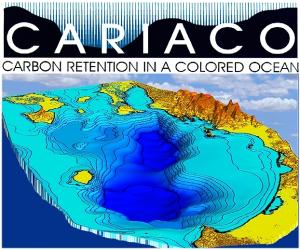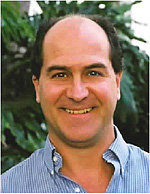Adrienne T. Cooper
Florida A&M University, Biological and Agricultural Systems Engineering
adrienne.cooper@famu.edu
Sustainable infrastructure development has thus far been focused on conformance to a set of rules or guidelines. For example, LEED and BREEAM set national standards for Green Building Certification in the U.S. and UK respectively, and the Energy Star Rating System (US) has been developed for appliances and products. However, these must be used in conjunction with other indicators to evaluate sustainability. Principles of sustainability have been developed to address socio-ecological elements using a thermodynamic basis to identify the influence of society on nature and material exchange. Principles of green engineering have also been established that provide a guide for development. However, none of these principles are clearly applicable to infrastructure, and achievement of the principles is not readily measurable. The use of sustainability indices provides for measurable outcomes.
A sustainable design necessarily includes the ability of the system to recover from perturbations, whether they are natural, anthropogenic or technogenic. This system resiliency has traditionally been viewed as separate from sustainability, but more recently they have come to be recognized as two sides of the same coin. The interdependence of urban infrastructural elements adds an additional layer of complexity to be considered in evaluation and design.
We discuss the use of EMERGY methodology for the development of indices of resilience, with an eye toward a combined index dealing with both sustainability and resilience of water and wastewater infrastructure systems. We have provided a preliminary definition of a resiliency index that indicates the total time of a system to recover (TTR), a function of both the physical and the social aspects of the system as well as the EMERGY output (transformity). The physical and social recovery of the system are captured in a physical recovery index (PRI) and a social recovery index (SRI).

Adrienne T. Cooper, Ph.D. is an Associate Professor of Biological and Agricultural Systems Engineering at Florida Agricultural and Mechanical University (FAMU). She received her PhD. in Environmental Engineering in 1998 from the University of Florida. Working with Drs. Yogi Goswami and Tom Crisman, her research examined, "Solar Photochemical Treatment of Potable Water: Disinfection and Detoxification.” Her Bachelor of Science in Chemical Engineering was from the University of Tennessee, Knoxville, TN. She is a the principal investigator in the Sustainable Systems Engineering Research Lab, a member of FAMU's Center for Water and Air Quality and the BioEnergy Group to Develop Renewable and Sustainable Sources of Energy. Some of her current research looks at implications of engineered nanoparticles in the natural food supply, sustainable biodiesel fuel production from algae, and the measurement of sustainability. As an active member in the American Chemical Society, she fosters new and innovative research applications that focus on processes for improving the sustainability of water resources, including those pertaining to providing safe drinking water and treatment of wastewater. She teaches Introduction to Computing, Natural Resource Conservation Engineer, Heat and Mass Transfer in Biological and Food Engineering, Food and Bioprocess Engineering, Environmental Modifications and Control, and Biochemical Engineering. Dr. Cooper is a recipient of the NSF CAREER Award for her research in photocatalysis for water treatment and remediation and is a registered professional engineer in the state of South Carolina.









